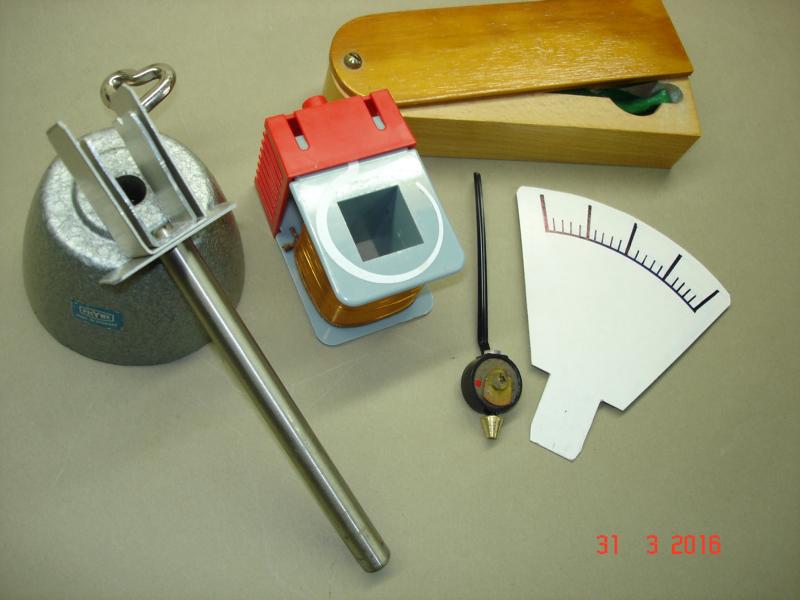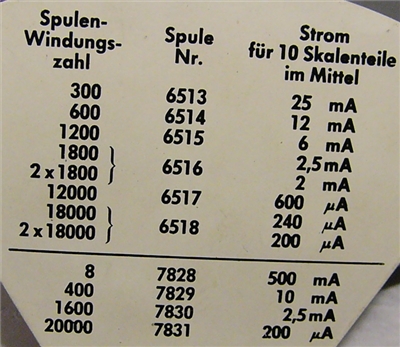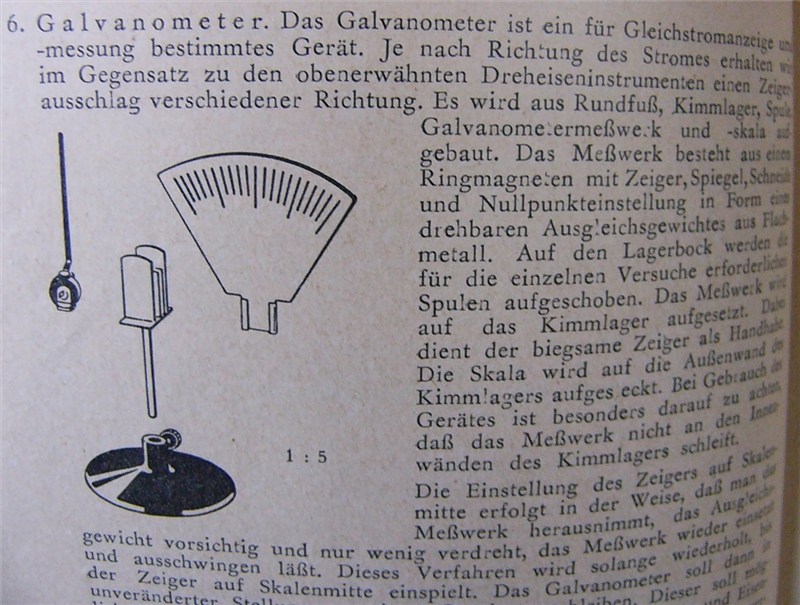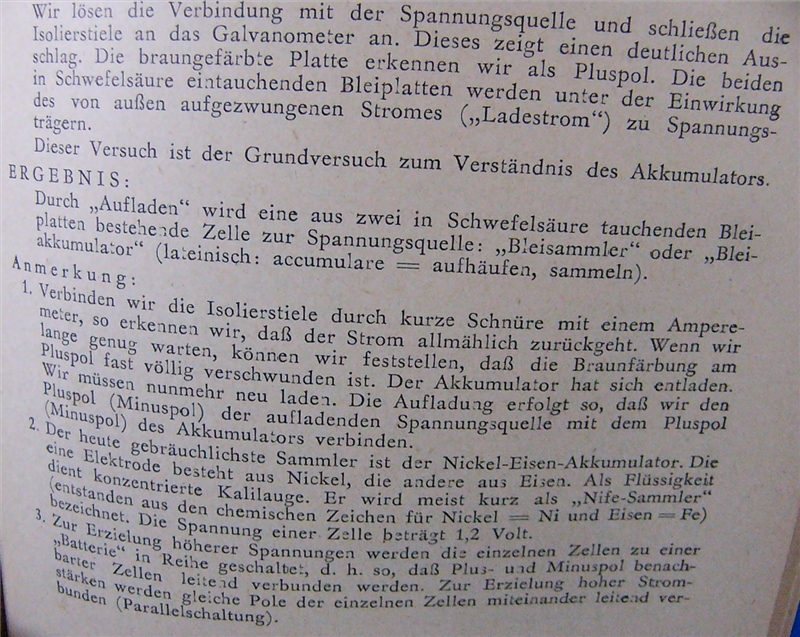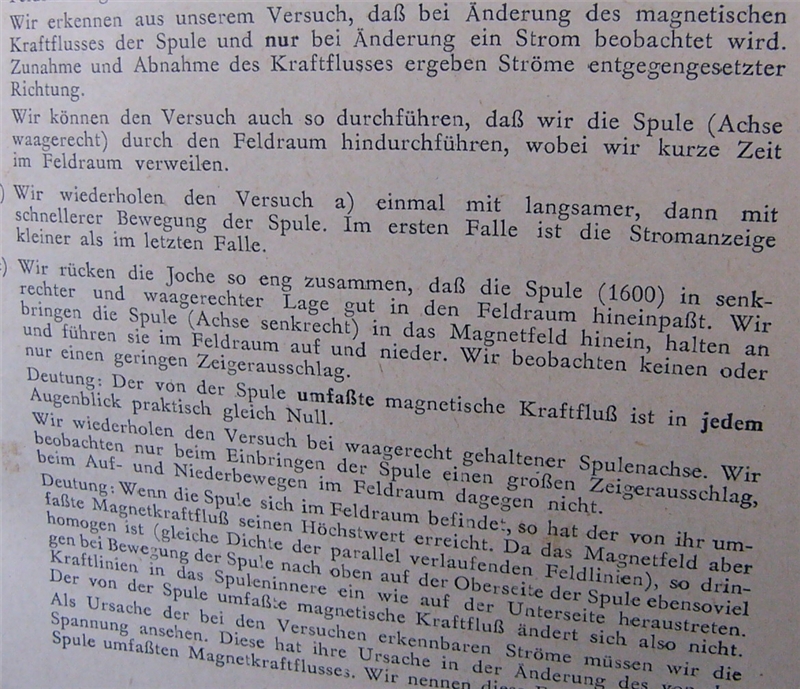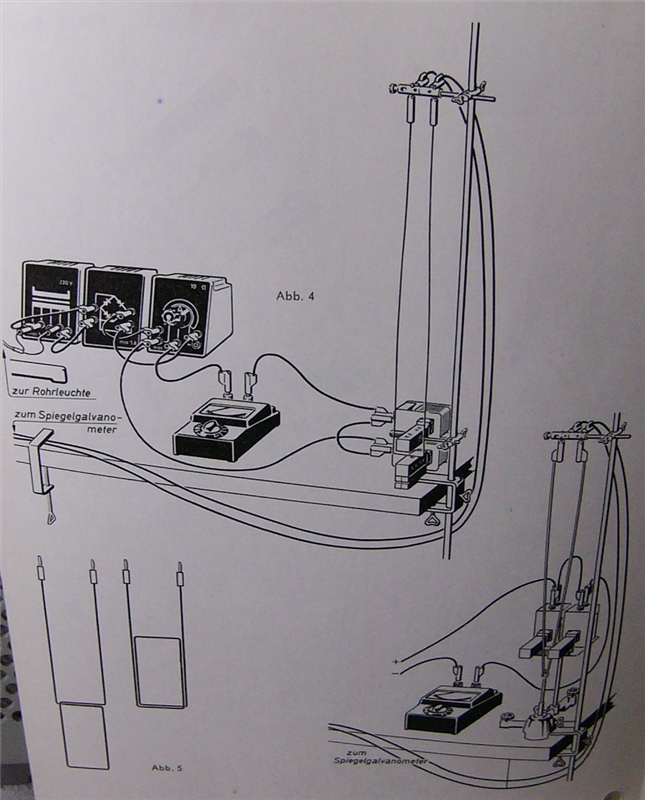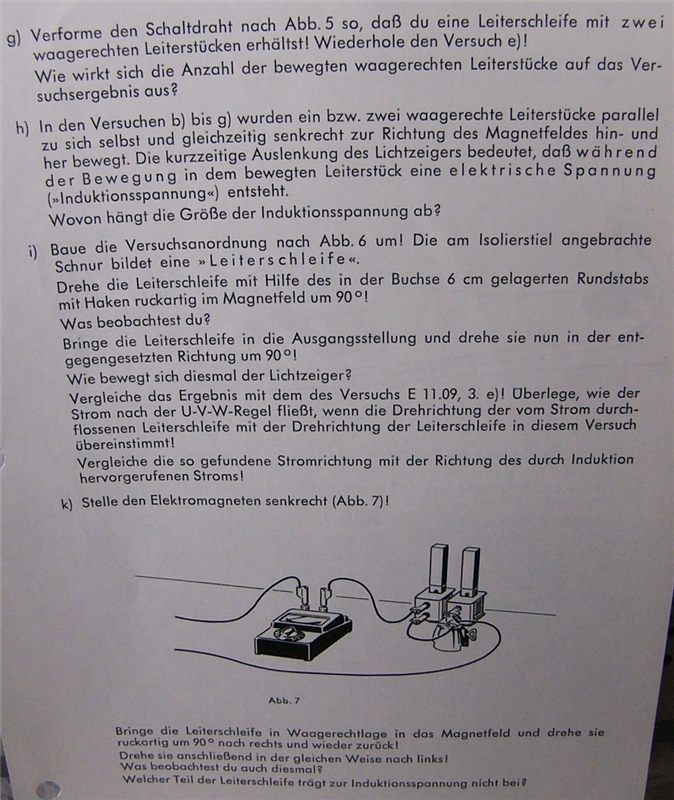Hallo Horst
Es gibt auch die Möglichkeit, auf die Disk aus Glas, die Du ja bereits hast, nur halt ohne Verspiegelung, wieder zu verspiegeln.
Im Internet habe ich eine Prozedur gefunden, z.B. astronomische Spiegel herzustellen:
http://www.otterstedt.de/atm/silvering.html" Die Mengenangaben in der Liste beziehen sich auf meine Versuche an einem Fangspiegel mit 50mm kleiner Achse. Nach meinen Erfahrungen dürfte die Menge aber auch für größere Spiegel wie z.B. einem Spiegel mit einem Durchmesser von 150mm ausreichend sein.
Menge Bezeichnung Bemerkungen
2,5g Silbernitrat Erhältlich z.B. in Apotheken, dort wird es auch als Argentum nitricum cryst. bezeichnet.
10g kosteten mich EUR 11,50
2,5g Natriumhydroxid Erhältlich in Apotheken
1000g kosteten mich EUR 5,90
5ml Ammoniaklösung 25% Erhältlich in Apotheken
1 Liter kostete mich EUR 3,20
3g Traubenzucker Man sollte reines Traubenzucker ohne irgendwelche weiteren Zutaten verwenden. Man bekommt dieses z.B. in Apotheken.
400g Dextropur Pulver kosteten mich EUR 2,10
2 Liter Destilliertes Wasser Das "destillierte" Wasser, das ich verwendet habe wurde als "entionisiert, chemisch rein nach VDE Vorschrift 0510, nicht für medizinische Zwecke" bezeichnet. Es handelte sich also vermutlich nicht wirklich um destilliertes Wasser, sondern lediglich um entionisiertes Wasser.
5 Liter destilliertes Wasser kosteten mich EUR 1,49
Scheuermilch möglichst eine Scheuermilch ohne weitere Zutaten wie Citrus usw. verwenden
500ml Viss Scheuermilch ohne Citrus kosteten mich EUR 1,45
3 Behälter für die Ausgangslösungen
1 Behälter zum Mischen der Ausgangslösungen (Mischbehälter)
1 Behälter zum Lagern und Spülen des Spiegels
(Zwischenlagerungsbehälter)
1 Behälter zum Verspiegeln (Verspiegelungsbehälter)
1g Verbandwatte
Erhältlich in Apotheken
50g kosteten mich EUR 1,33
säurefeste Handschuhe
Versilbern in 8 Schritten
Die zu verspiegelnde Fläche gründlich reinigen
Spülen mit destilliertem Wasser
dann gründlich Reinigen mit Scheuermilch und Verbandwatte
dann Spülen mit destilliertem Wasser
dann den Spiegel in einer 2,5%igen Ammoniaklösung zwischenlagern (25%ige Lösung ca. 1:10 verdünnen)
Ausgangslösungen herstellen
Lösung 1: 2,5g Silbernitrat + 150 ml destilliertes Wasser
Lösung 2: 2,5g Natriumhydroxid + 150 ml destilliertes Wasser
Lösung 3: 3,0g Traubenzucker + 75 ml destilliertes Wasser
Lösung 1 und Lösung 2 vermischen
Etwa 100ml der Lösung 1 in den Mischbehälter geben.
Einige wenige Tropfen der 25%igen Ammoniaklösung hinzugeben
die gesamte Lösung 2 hinzugeben
den Rest Lösung 1 hinzugeben (die Lösung wird braun)
Vorsichtig Tropfenweise unter Rühren 25%ige Ammoniaklösung hinzugeben, bis eine transparente leicht bräunliche Lösung entsteht.
Ein evtl. noch vorhandener Niederschlag soll sich dabei vollständig auflösen.
Spiegel aus der Zwischenlagerung nehmen
dann Spiegel aus dem Zwischenlagerungsbehälter nehmen und mit destilliertem Wasser gründlich abspühlen
dann die zu verspiegelnde Fläche kurz in die Lösung 3 tauchen.
dann Spiegel kurz zur Seite legen
Verspiegelungslösung ansetzen
Lösung 3 in den Verspiegelungsbehälter geben
Lösung aus dem Mischbehälter zur Lösung 3 in den Verspiegelungsbehälter geben.
Verspiegeln
Spiegel mit der zu verspiegelnden Fläche nach unten (face down) für ca. 5 bis 10 Minuten in die Verspiegelungslösung tauchen
evtl. vorsichtig schwenken
Spiegel mit destilliertem Wasser gründlich spülen
Spiegel mit Verbandwatte und destilliertem Wasser vorsichtig mit zunehmendem Druck polieren bis Wasser abperlt."
Zweite Quelle:
http://www.make-stuff.com/formulas_&_re ... rrors.html"Silvering and Re-Silvering Mirrors
& How to Make Your Own One-way Mirror
Solution No. 1:
Nitrate of Silver (pure) . . . . . . . . 40 grains
Nitrate of Silver (pure) . . . . . . . . 32 grains
Distilled Water . . . . . . . . . . . . . . . . 1 pint
Ammonia, 26% . . . . . . . . . . . . . . . . To be used as directed.
Take one pint of distilled water, pour 4 ounces of this into a glass, and into this put 40 grains of Nitrate of Silver. Dissolve the Nitrate of Silver thoroughly by stirring the water with glass strip (no spoon, or stick, or metal should be used). When it is all thoroughly dissolved, take your medicine dropper and drop 26% Ammonia Water into it one drop at a time; at first it will turn dark; keep dropping the ammonia until it becomes clear again, which will generally take about thirty drops; stopping the addition as soon as it clears.
Very often after dropping 30 drops of Ammonia, it does not clear. In that case stir the solution slowly with your left hand and continue dropping the ammonia with the hand, one drop at a time until it does clear, which it will generally do after dropping a few more times. If after dropping seven drops more it does not clear (which takes 37 drops in all) do not drop any more Ammonia, as you are apt to spoil the solution.
Then add 32 grains of the Nitrate of Silver, additional. Dissolve by stirring with your glass strip. When it is all dissolved, pour the mixture back into the pint of water first measured out. Let it stand for one hour or more to allow the sediment to settle on the bottom. Then filter the solution through white blotting paper; this blotting paper you should put into your funnel, cone-shaped so that the solution will have to pass through it before it can enter the bottle (any druggist can show you how to fold filter paper). Put the funnel into the neck of the bottle and proceed to pour the solution into the funnel. In this way the solution passes through the blotting paper before it gets into the bottle, which is called filtering. After the solution is filtered into the bottle it should look like clear water. Cork bottle tightly, and keep in a cool dark place and label it No. 1 solution.
Solution No. 2:
24 grains of Rochelle Salts
25 grains of Nitrate of Silver (pure)
1 pint of Distilled Water
Take one pint of warm distilled water and pour it into a porcelain lined vessel, put it on the stove, and then put 24 grains of Rochelle Salts into it, and let this boil strongly for about one minute, and then add 25 grains of Nitrate of Silver, and let it boil for five minutes longer, take it form the stove and let it stand one hour or longer to allow the sediment to settle. As soon as the solution is cool it is best to pour it out of the porcelain lined vessel into some glass vessel or other porcelain lined vessel, as the vessel that you boiled this solution in will be quite dirty. When it is allowed to settle in another vessel the solution will be much clearer when you go to filter it. You want to bottle this solution just the same way as you do the No. 1 solution and label this one No. 2 solution.
Note: This solution will boil away a little when preparing it, but do not add any more water to it.
HOW TO SILVER MIRRORS:
In the first place a clean room should be used for the work. Place the glass on a level surface and bank the sides to prevent the solution running off, or place in a plating bath tube. It is not necessary that you should have a steam table in order to make good mirrors. By having your room at a temperature of 85 to 100 degrees F and using warm distilled water to rinse and level your glass with, you can easily get your glass up to the temperature of 90 to 100 degrees F., which will cause the silver to precipitate. The glass to be silvered must be thoroughly cleaned as the least speck of dust, grease, dirt or finer marks will show and cause you trouble. Place wooden wedges under the corners of the glass having warm distilled water on the glass and change the wedges under it until the water lays in an even depth all over the glass; this is to warm the glass and get it even. When you have the glass warm and level, raise one side or end level, raise one side or end and gently let all the water run off, now lay the glass gently back in the same place. Then pour No. 1 and No. 2 Silvering solutions into your graduate glass or glass pitcher in equal parts; stir them as quickly as possible with your glass strip, and then pour them onto the glass by first starting at the center and letting them flow out, then start at one corner and keep going around in a circular way until the entire surface of the glass is covered, and let the solution lay on it in an even layer. Let the solutions stand on the glass for about 30 minutes; then tip the glass on one corner on end and drain off the solution - drain all that will run off; rinse the glass coating off thoroughly with distilled water, and stand glass on one end to drain and dry. When dry apply backing paint.
If the silver coating is not heavy enough it needs a second coat, which you can do by pouring on the solutions as you did the first coat, after the first coat has been rinsed off with distilled water and allowed to drain for a few minutes. Do not let the first coat get dry before putting on the second coat.
You will get a much heavier coating of silver by putting the bottles which contain your solutions into hot water a few minutes before you mix and use them.
HOW TO CLEAN YOUR GLASS:
The best way to do this is by taking some polishing Rouge in powdered form, the same as jewelers use for polishing silverware, or powdered prepared Whiting which you can get at any drug store. Take the Rouge or Whiting, and put into a bag of two or three thickness of bed ticking or cotton flannel and sew this up; then put the bag into water to soak up. Make a polisher by taking a piece of wood 4 by 4 inches and about 9 inches long and bore a hole in each end and near the top to take a broom handle, the handles should be about 4 inches long on each end of your polisher, so as to allow you a good hold.
Then get some felt about one inch thick; if possible to get - use the felt that harness makers use for padding harness - which is about one inch thick, as it is the best to use. Then screw the felt onto the bottom of the polisher, with brass screws. Be sure that the screws are counter-sunk, so that they will not come in contact with your glass when you are polishing it and scratch it.
Once the felt is fastened on, put the polisher into water and let it soak. When polishing and cleansing your glass all you have to do is to take the bag from water, and squeeze a little of the Rouge or Whiting upon the glass; then take your polisher from the water, and with both hands take the polisher by the handles and proceed to polish the glass to the edges. This will take about 10 minutes. When glass is polished, rinse off with distilled water until it is perfectly clean.
To make good mirrors you want to use a good grade of glass. The German or American Plate, either double or single, are the best cheaper grades to use, as they are well polished and free form defects. If your local dealer does not handle this glass he can easily get it for you. The Pittsburgh Plate Glass Co., 622 Fort Duquesne Blvd., Pittsburgh, PA is a very good firm to do business with. They have branch offices in most all the larger cities - see classified phone book.
HOW TO MAKE BACKING PAINT:
The very best backing paint that you can use is made by taking equal parts of White Demer Varnish and Asphaltum Varnish and mixing. If it is too heavy to work freely, add a little turpentine. Apply this paint to the silver coating as soon as it is dry, with a camel's hair brush as lightly as possible - as the silver coating can easily be rubbed off. One coat is enough, but if you wish to apply a second coat you can do so before the first coat gets thoroughly dry.
HOW TO REMOVE OLD BACKING PAINT AND SILVER
For removing old backing paint, take strong lye(*NOTE) and put it in a little water, and pour this on the old paint while the mirror is in a level position; and let it stand until the paint becomes soft; then take a small mop and mop it up. Sometimes the paint is a little hard to remove, in which case you can take a strong piece of cardboard and scrape it off by grasping the cardboard in both hands, and pushing forward with enough pressure to cause the cardboard to go between the paint and the glass. Another way is to buy a can of Boston or other kind of paint and varnish remover, and use according to directions. If the silver still sticks to the glass, pour undiluted nitric acid on it and let stand until the back can easily be removed with a mop or rag. Then clean your glass as directed.
ONE-WAY OR X-RAY MIRRORS
These mirrors can be made in any one of three ways.
The ordinary mirroring solution is diluted from 50% to 75% with distilled water.
In making the mirroring solution use 1/2 to 3/4 less Silver Nitrate and Rochelle Salts, but do not reduce the amount of water used.
The ordinary mirroring solution is used but let it set to deposit only half as long as you do ordinary mirroring, and pour off the balance of the water. If a mirror is placed under the glass that is being silvered, on an angle, the reflections of the results of precipitation will be clearly shown and you can tell when to discard the water on the glass and also note the transparency.
When silvered, if held up to the face, it can be looked through from the front, seeing everything in front of it clearly, but to anyone on the other side or front of the mirror, it looks like just an ordinary mirror showing their image and they are unable to see your features at the back.
When silvering is dry, varnish with good transparent spar varnish, using a thin coat with a soft haired brush. Collodion thinned with acetone is also used for backing. If either of these can be put on with a spray gun it will be much better and danger of scratching on the thin coat of silver is reduced or eliminated altogether. For greater safety and durability, place a glass of the same size over the mirror back. This can be held in a frame with quarter round or smaller stock fastened with brads or long thin screws.
This type of mirror has been and still is in use in large hotels, institutions, roadhouses, blind pigs, secret societies and lodges, night clubs, cars, by secret police, detectives, etc. A pan of this type mirror is placed in a panel of the front door. The visitor sees only an ordinary mirror staring him in the face, but the one on the other side of the door can see through it and tell who it is without being seen or opening the door. This way many police raids on blind pigs, gambling dens, houses of vice, etc. have been thwarted. Usually a curtain or blind is pulled down over the glass from the inside so that patrons won't notice it and talk out of turn.
SIMPLE METHOD OF RESIVERING DAMAGED MIRRORS
Pour upon a sheet of tin foil three grams of quicksilver to the square foot of foil. Rub smartly with a piece of buckskin until the foil becomes brilliant. Lay the glass upon a flat table face downward, place the foil upon the damaged portion of the glass, lay a sheet of paper over the foil, and place upon it a block of wood or a piece of marble with a perfectly flat surface, put upon it sufficient weight to press it down tight; let it remain in this position a few hours. The foil will adhere to the glass.
NOTE: extreme caution should be use when using chemicals. Read all manufactures lables and warning before using andy chemicals"
Ich habe aber mit "Chemischen Verspiegeln" keinerlei Erfahrung.
Vielleicht findet sich jemand im Forum, der da Bescheid weiß.
P.S. Falls sich wer darüber mokiert, dass sich mein Beitrag nicht nur auf die entsprechenden Links im Internet beschränkt, möchte ich betonen, dass ich mit Absicht die Methode "Copy and Paste" hier anwende.
Einfach deshalb, weil die Inhalte, zu denen Internet -Links führen sollten, oft nach kürzerer Zeit verschwunden sind.
Und ich denke, dass im Experimentierkastenboard die Inhalte über längere Zeit gut aufgehoben sind.
Viele Grüße
Physikfan







